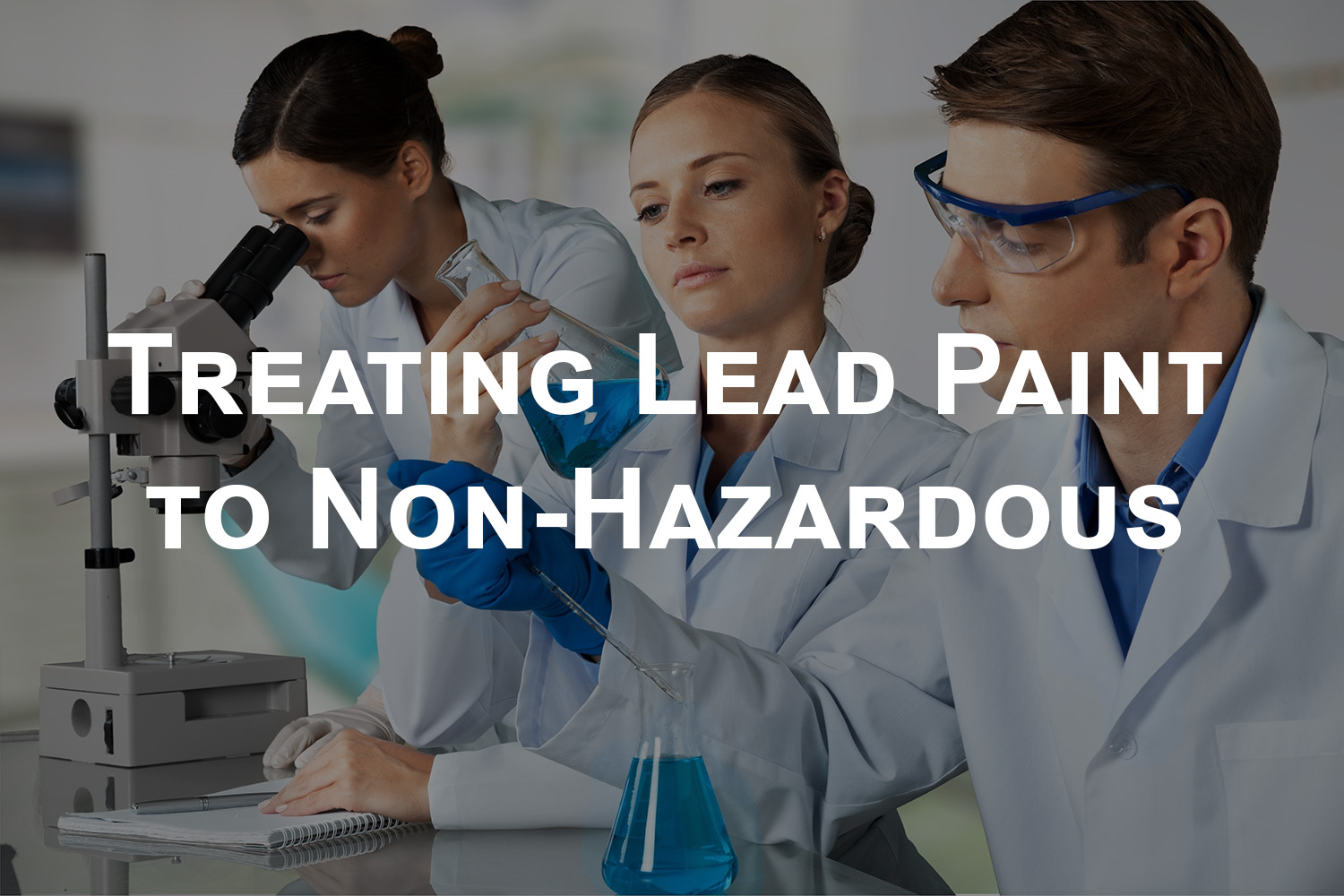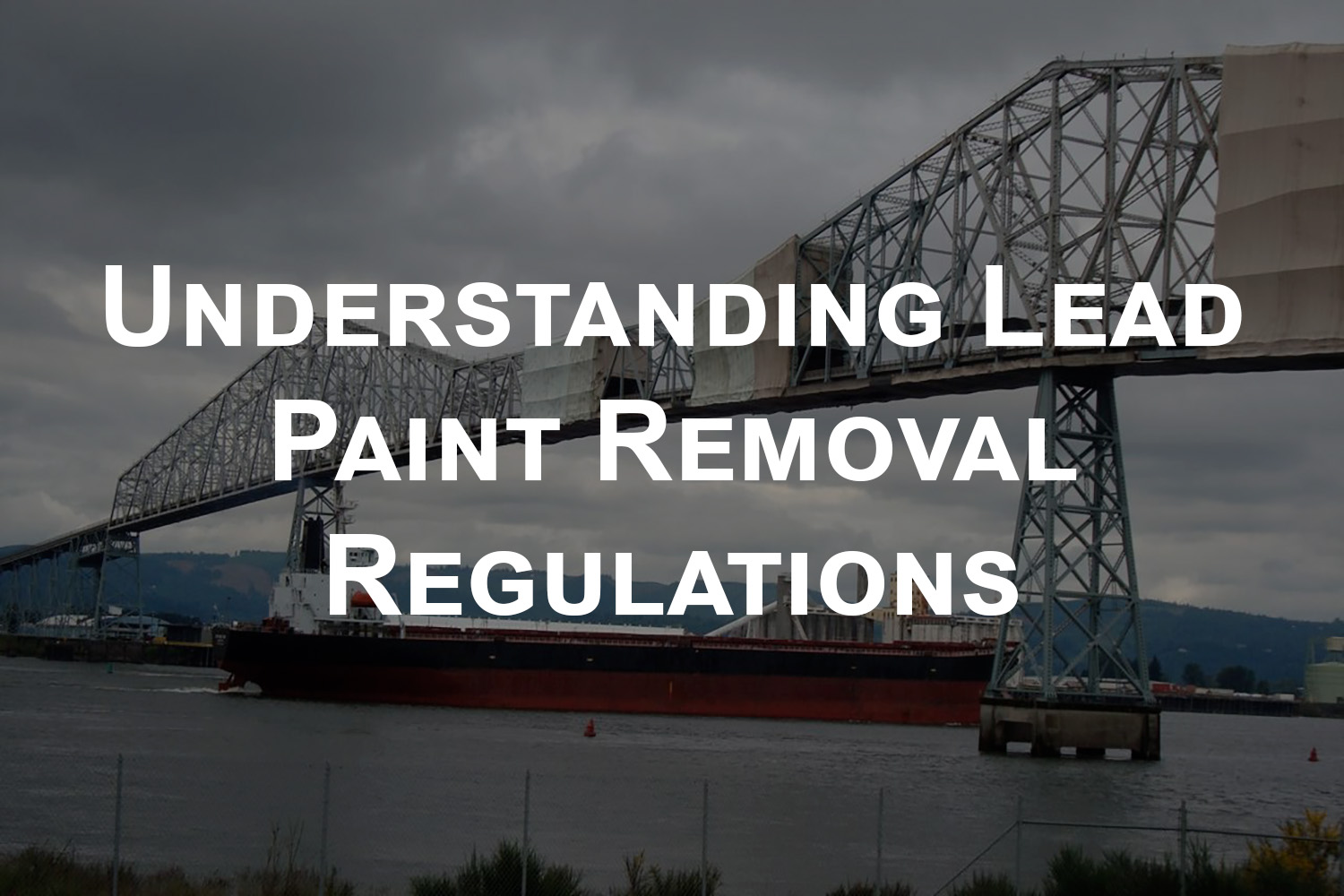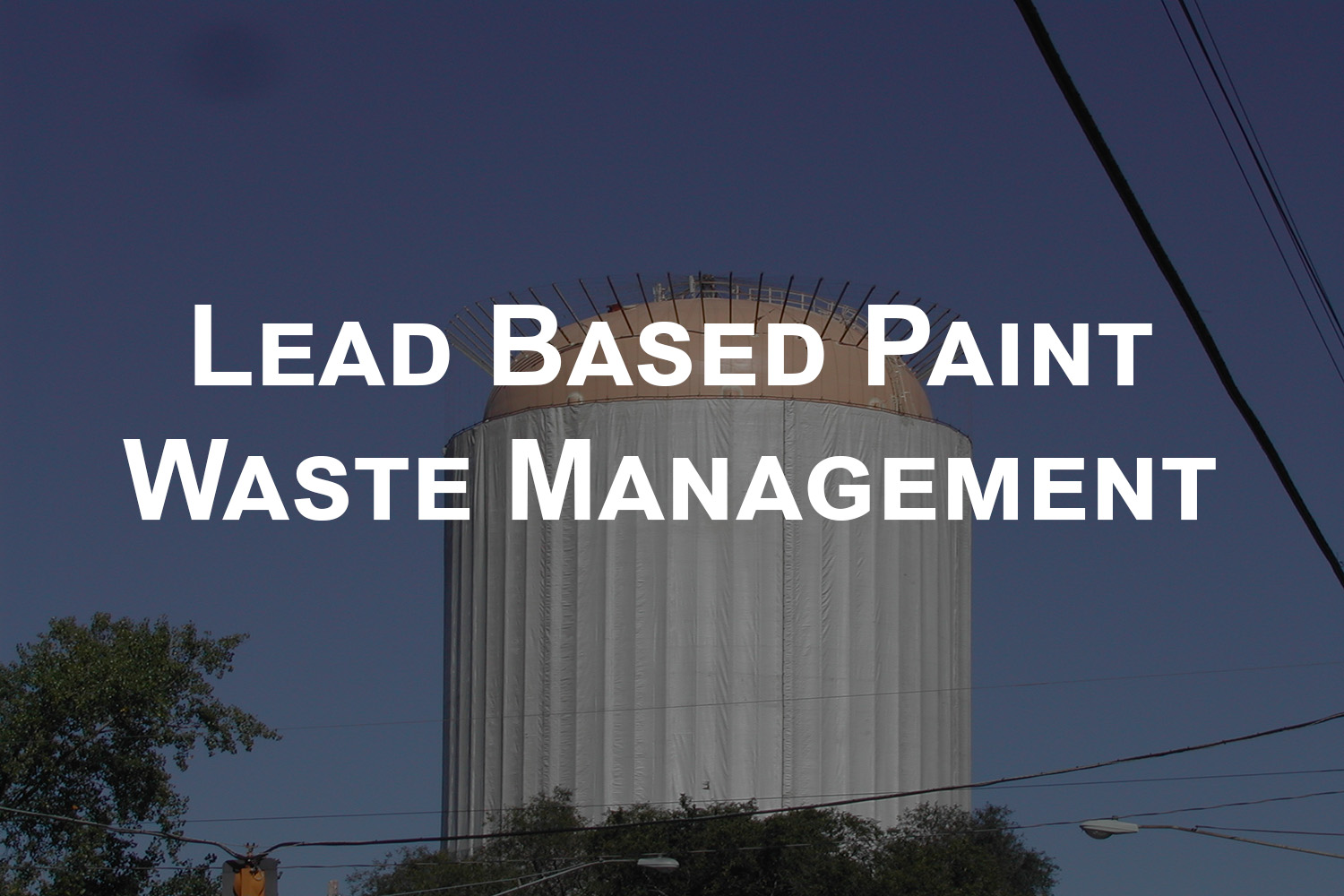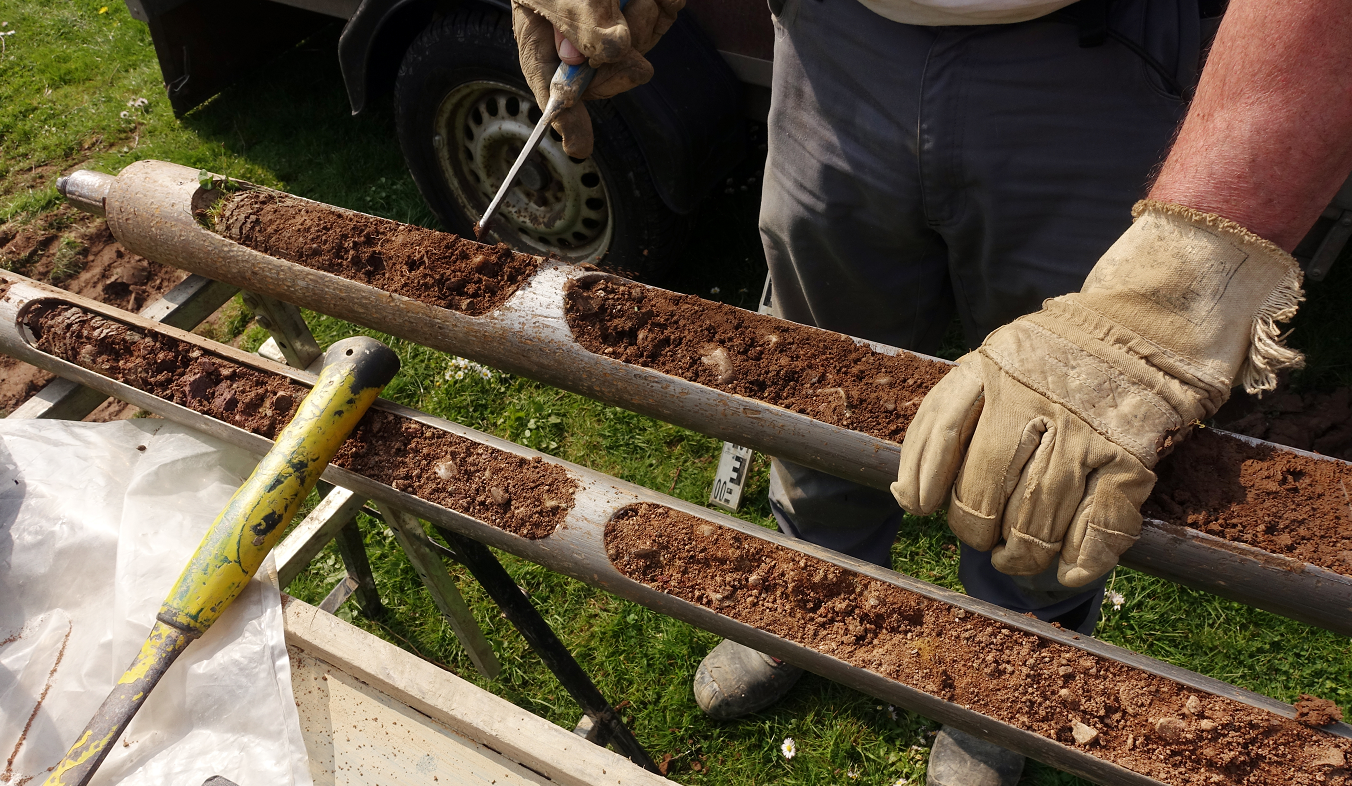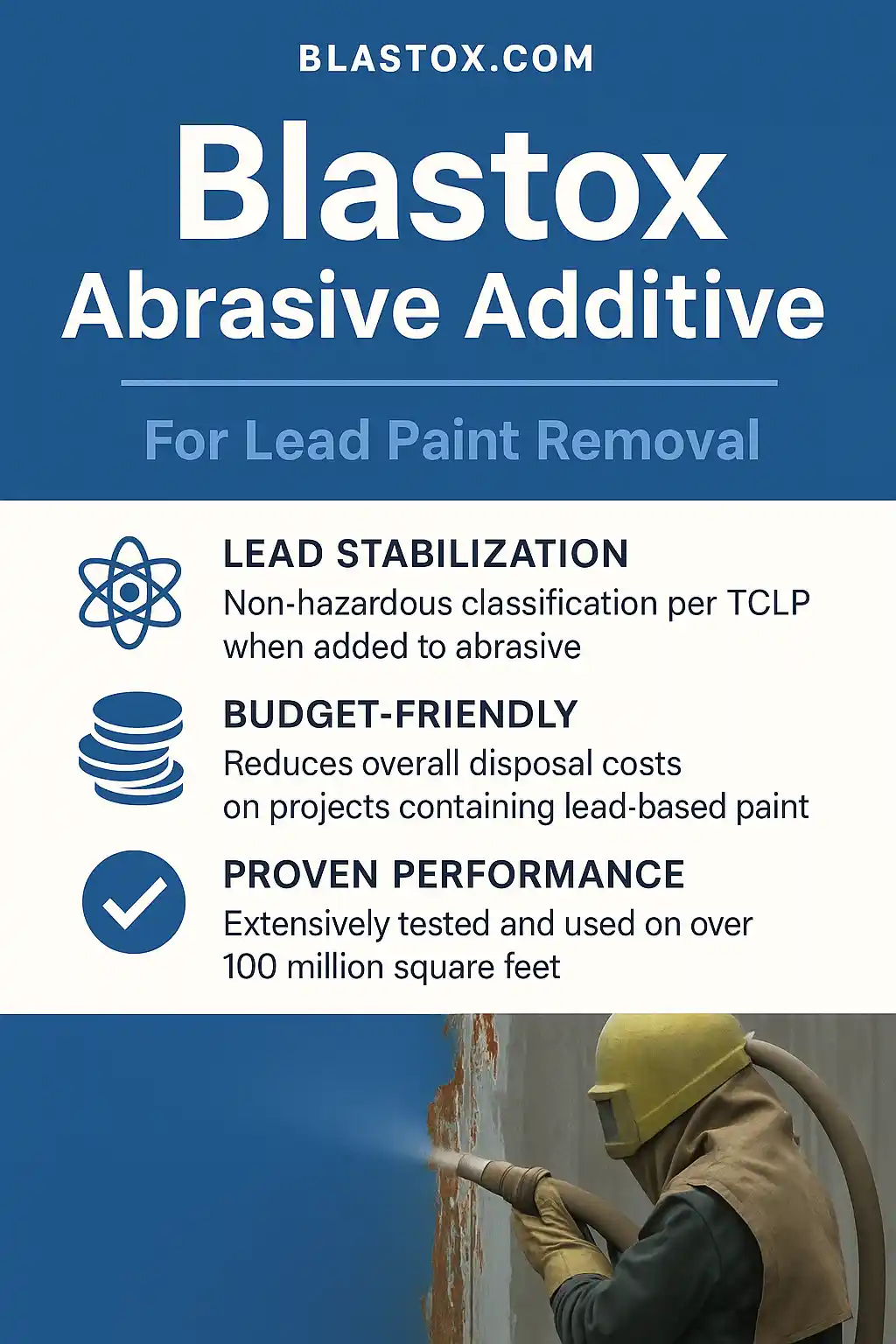
Lead Paint Removal Made Safer and More Affordable with Blastox®
Lead-based paint has been widely used in industrial, military, and commercial structures for decades. However, due to the serious health risks associated with lead exposure, its removal is now strictly regulated by agencies such as the EPA (Environmental Protection Agency) and OSHA (Occupational Safety and Health Administration). Traditional lead paint removal methods generate hazardous waste, leading to high disposal costs and complex compliance requirements.
This is where Blastox® pre-blended abrasive makes a difference. By stabilizing lead at the point of impact, Blastox® converts hazardous waste into non-hazardous material, significantly lowering disposal costs while ensuring compliance with environmental regulations.
It’s been approved by the Federal Highway Administration, EPA and as well as most state DOTs. Many industrial engineers specify it by name. For more information on One Step lead paint abatement, please see our Technical Literature. Blastox®, as well as other TDJ chemistries is a complex calcium silicate based product.
How Does Blastox Work?
Blastox arrives on site premixed into the abrasive. There is no mixing, metering or additional application steps needed at the job site when using this technology. Also, you will not incur additional labor costs that other lead paint abatement techniques require. The spent abrasive waste can be tested via TCLP to classify the waste as non-hazardous once blasted.
Multiple Mechanisms
1) pH adjustment
2) Chemical Reactions
3) Encapsulation
Blastox® stabilized waste complies not only with TCLP standards, but also with:
* MEP *SPLP *Fresh water leach tests
Blastox® Benefits
Blastox® is a specially engineered abrasive additive that, when mixed with standard blasting media, chemically reacts with lead particles. This reaction forms an insoluble lead compound that prevents the lead from leaching into the environment.
Key Benefits of Blastox® in Lead Paint Removal:
✔ Converts hazardous lead waste into non-hazardous waste, reducing disposal costs.
✔ Meets EPA TCLP (Toxicity Characteristic Leaching Procedure) standards, ensuring regulatory compliance.
✔ Works seamlessly with most abrasive blasting media, making it easy to integrate into existing operations.
✔ Minimizes airborne lead dust, improving worker safety.
This unique ability to stabilize lead at the source makes Blastox® an ideal solution for industries dealing with lead-based coatings, including bridge restoration, shipyards, military facilities, and power plants.
Cost Savings: Non-Hazardous Waste Disposal vs. Hazardous Waste Disposal
One of the biggest challenges in lead abatement projects is the high cost of hazardous waste disposal. Waste categorized as hazardous requires special containment, transportation, and treatment, all of which add up quickly.
With Blastox®, waste can be classified as non-hazardous, allowing it to be disposed of at standard landfills rather than specialized hazardous waste facilities. This results in significant cost savings, sometimes reducing disposal costs by up to 50% or more.
Blastox Process
1) Test paint coatings via TCLP for lead levels.
2) If lead is present in your paint, you can order Blastox pre-blended abrasives from your local distributor.
3) Pre blended abrasive with Blastox will arrive on site and you blast just like a normal project. Proper containment is still required for lead paint removal.
4) After blasting the coatings with Blastox, you will need to send samples of the waste for further testing.
5) Blastox will work through the three mechanisms mentioned and will not generate a hazardous waste.
6) Blastox will allow you to dispose of your paint waste as a non-hazardous waste. This is due to the stabilization reactions preventing the leaching of the heavy metals.
Landfills with heavy metals have been stabilizing for decades using silicates. Blastox® also meets the definition of US EPA’s Best Demonstrated Available Technology (BDAT) for lead abatement wastes and lead paint abatement.
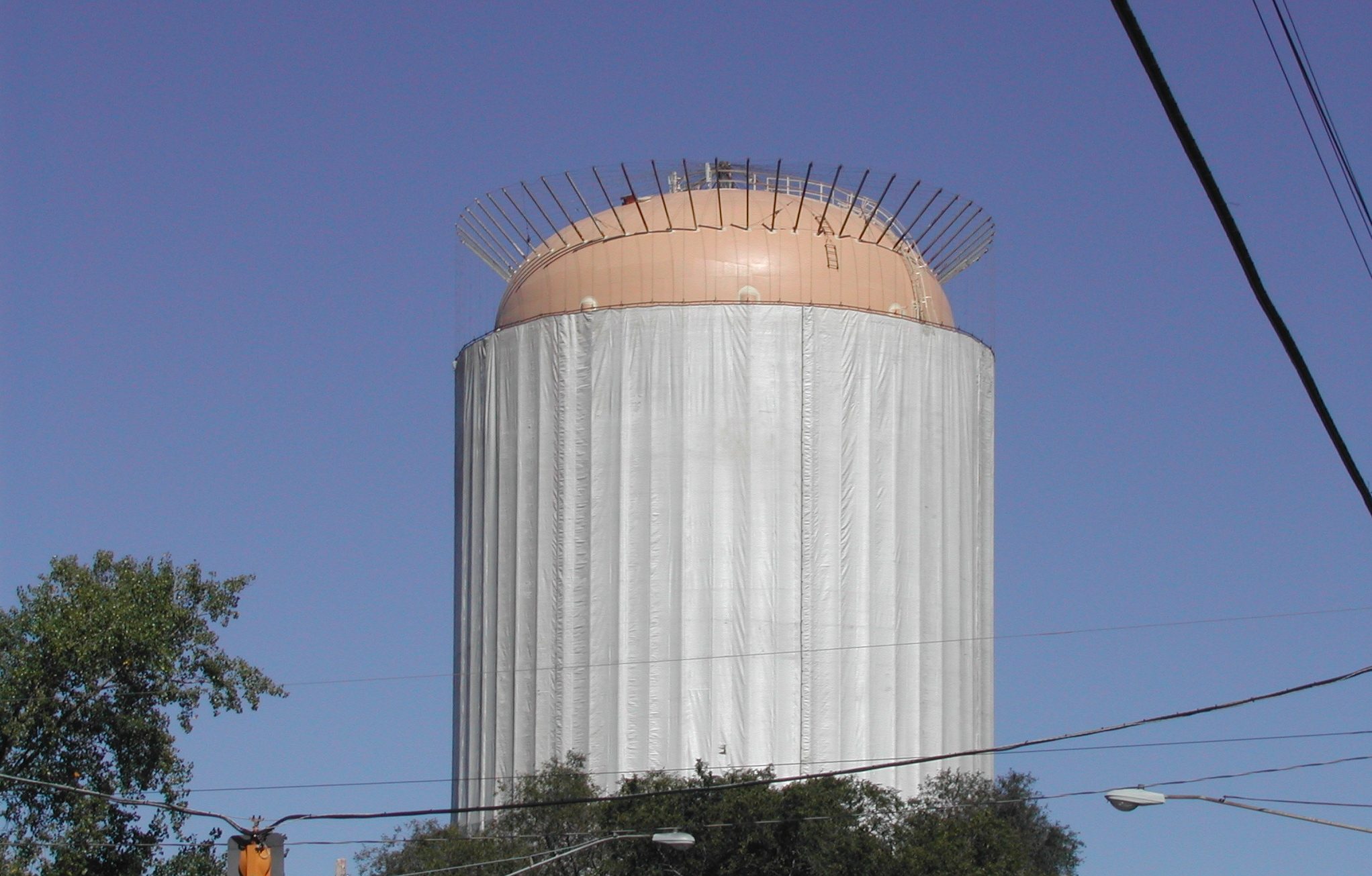
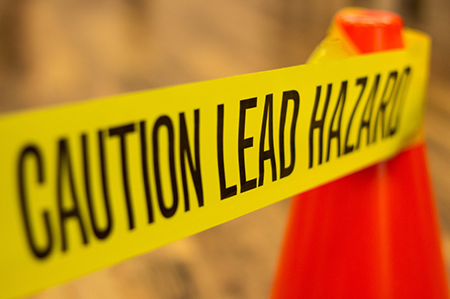
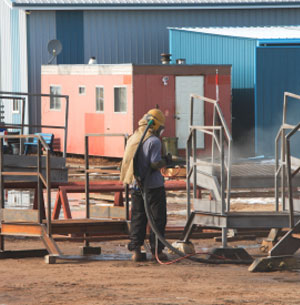
Technical Bulletin
- Waste Sampling Guideline
- Lab Testing of Waste
- Proper Storage and Application
- Management of Spent Abrasive Waste
- Blastox and Airborne Lead
- Stabilization Reactions
- Determining Proper Blend Ratios
- Use With Recyclable Abrasive
- Comparison With EPA Leach Protocols
- Long Term Stability Test Data
- Coating Performance Test Data
- Ecoquip Compatability
- Blastox vs Spray Apply Products
Sales Bulletin
- The Proven Solution for Waste Stabilization
- Blastox Wins Technology Transfer Award
- Land Disposal Restrictions for Spent Abrasive
- EPA Confirms Long Term Stability of Blastox



